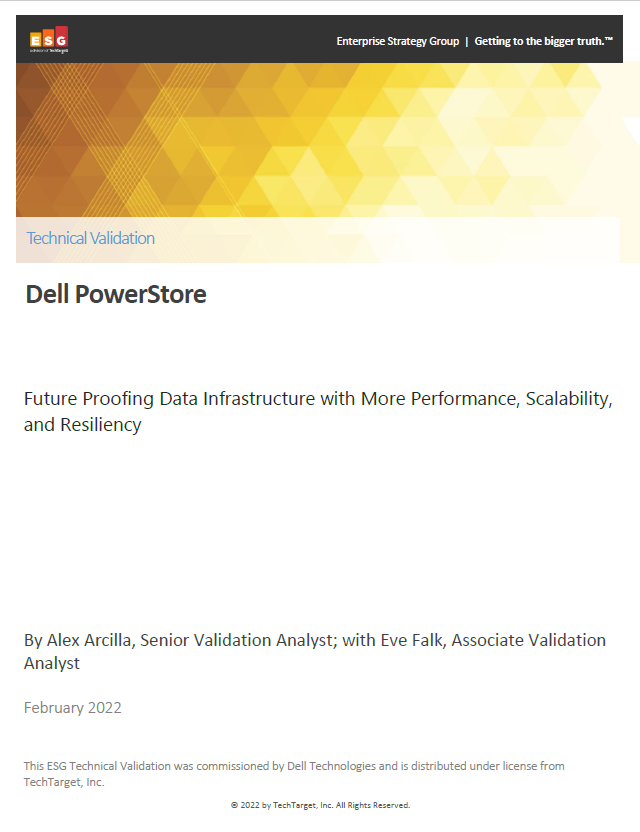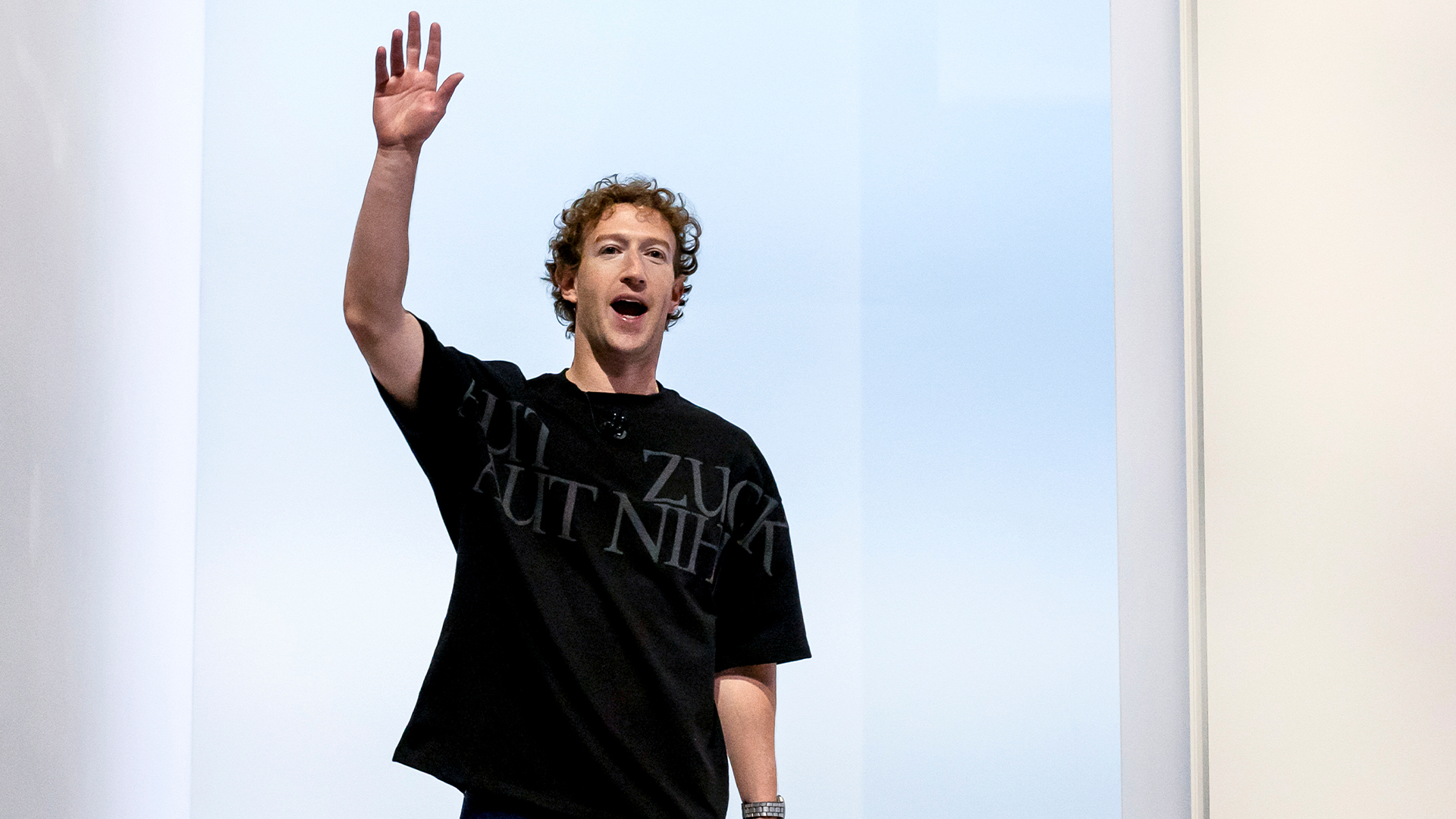UK fibre rollout lags considerably behind developed nations, needs 'more ambition' to compete globally
52 countries outranked the UK for fibre development, according to a report, including Singapore, Japan, South Korea, and the United States


A new index by Omdia has ranked the UK just 53rd in the world for fibre development, with the US far ahead at 23rd overall.
UK network infrastructure was ranked lower than other countries in the report due to the inconsistency of 'full fibre' coverage across the country, as well as through other metrics such as lower overall speeds.
RELATED RESOURCE

Future proofing data infrastructure with more performance, scalability, and resiliency
Dell PowerStore
The index benchmarked countries against metrics such as fibre to the premises (FFTP) coverage, fibre to the business, and household penetration, as well as mobile site penetration and tech investment.
Additionally, Ookla Speedtest data was used to rank the broadband experience in countries, taking their median upload speeds, download speeds, latency, and jitter into account.
Leading country Singapore already claims that it has achieved full FTTP coverage and ranked top in seven of nine metrics measured. This is a setup in which the fibre optic cable runs all the way from its exchange directly to the end user’s property, rather than running first into a street cabinet, which is known as fibre to the cabinet (FTTC).
South Korea, China, the UAE, Qatar, and Japan comprised the other leading countries and each of which were identified as having robust broadband targets in the report. Omdia's assessment was that the UK could do more to improve its targets.
“Fibre investment is an essential metric for government institutions and other stakeholders to track,” said Michael Philpott, research director at Omdia. "As a broadband-access technology, optical fibre provides an optimised, highly sustainable, and future-proof quality service.
Sign up today and you will receive a free copy of our Future Focus 2025 report - the leading guidance on AI, cybersecurity and other IT challenges as per 700+ senior executives
“This superior level of quality is essential for the development of future digital services and applications across all verticals. With increased efficiency stimulating greater innovation, high-speed broadband has been proven to drive not just consumer satisfaction but national economic indicators such as GDP and productivity.”
As companies increasingly look to embark on digital transformation journeys, which can involve enabling their employees to work remotely, reliable and high-speed internet has become more of a business necessity.
Rural businesses argue that they are least prepared for these demands, with the non-profit research organisation Rural CIC pointing to the ‘digital exclusion’ caused by a poor rollout in rural areas.
Although the UK Government’s manifesto commitment was to deliver nationwide FTTP broadband by 2025, this was changed in February 2022 to a target for nationwide gigabit broadband to be made available by 2030.
In comparison, Singapore is already claiming full FTTP coverage, where it is treated as ‘strategic infrastructure'.
While superfast broadband is available to 96% of the UK, only 33% of premises are currently able to access ‘full fibre’ broadband, often used to refer to FTTP networks.
However, the rollout of fibre broadband has been accelerating in the UK compared to that of 5G. The government’s mandate that BT removes all Huawei devices from its core UK network for national security purposes has slowed the next generation of mobile networking.
“There is at least one provider last year that was deploying 50km of rural fibre per week, and that’s gone up to nearly 70,” said Dave Happy, security lead for rural campaign group 5G RuralDorset.
Key figures in private companies have also suggested that there needs to be a more concerted campaign to explain what ‘full fibre’ actually means.
At the UK networking conference Connected Britain 2022, Vodafone UK CEO Ahmed Essam said: “Nobody gets what new fibre is in the market. And I think there is a point here about making it easy for customers to decide what’s the right technology for them, being more transparent.
"I think when it comes to broadband it’s very difficult, even for people in our business, to know the difference in some of the offers between what is called fibre,” he added.
In response, Lutz Schüler, CEO at Virgin Media O2, said consumers don't care about the technology itself, just about the quality of the product they receive.
“You see what actually matters is not the technology, it’s the speed,” he said. “So if you look at Switzerland, it has fibre coverage of 90%. But still, customers are not sitting 100% on the fibre network - actually the minority are - because there’s also a cable network. So I think what customers want is speed, latency, and reliability.”

Rory Bathgate is Features and Multimedia Editor at ITPro, overseeing all in-depth content and case studies. He can also be found co-hosting the ITPro Podcast with Jane McCallion, swapping a keyboard for a microphone to discuss the latest learnings with thought leaders from across the tech sector.
In his free time, Rory enjoys photography, video editing, and good science fiction. After graduating from the University of Kent with a BA in English and American Literature, Rory undertook an MA in Eighteenth-Century Studies at King’s College London. He joined ITPro in 2022 as a graduate, following four years in student journalism. You can contact Rory at rory.bathgate@futurenet.com or on LinkedIn.
-
 Majority of English data centers use less water than a 'typical leisure center' as operators embrace new cooling methods
Majority of English data centers use less water than a 'typical leisure center' as operators embrace new cooling methodsNews England’s data centers are surprisingly efficient when it comes to water consumption
-
 ‘Too many organizations assume they’re more resilient than they actually are’ – UK firms are facing huge financial losses from IT outages and downtime
‘Too many organizations assume they’re more resilient than they actually are’ – UK firms are facing huge financial losses from IT outages and downtimeNews Many organizations are failing to put in place contingencies for IT outages and downtime, research shows
-
 Meta is working on a 5GW data center to supercharge AI infrastructure – and Mark Zuckerberg says one cluster alone ‘covers a significant part of the footprint of Manhattan’
Meta is working on a 5GW data center to supercharge AI infrastructure – and Mark Zuckerberg says one cluster alone ‘covers a significant part of the footprint of Manhattan’News Mark Zuckerberg detailed plans for a huge infrastructure investment program in a post on Threads earlier this week – here's what you need to know.
-
 So much for data sovereignty — AI infrastructure is dominated by just a handful of countries
So much for data sovereignty — AI infrastructure is dominated by just a handful of countriesNews Oxford researchers suggest AI infrastructure will decide a nation's global impact in the future, just as oil production has over the last few decades.
-
 ‘This is the largest AI ecosystem in the world without its own infrastructure’: Jensen Huang thinks the UK has immense AI potential – but it still has a lot of work to do
‘This is the largest AI ecosystem in the world without its own infrastructure’: Jensen Huang thinks the UK has immense AI potential – but it still has a lot of work to doNews The Nvidia chief exec described the UK as a “fantastic place for VCs to invest” but stressed hardware has to expand to reap the benefits
-
 Google shakes off tariff concerns to push on with $75 billion AI spending plans – but analysts warn rising infrastructure costs will send cloud prices sky high
Google shakes off tariff concerns to push on with $75 billion AI spending plans – but analysts warn rising infrastructure costs will send cloud prices sky highNews Google CEO Sundar Pichai has confirmed the company will still spend $75 billion on building out data centers despite economic concerns in the wake of US tariffs.
-
 Cisco wants to capitalize on the ‘DeepSeek effect’
Cisco wants to capitalize on the ‘DeepSeek effect’News DeepSeek has had a seismic impact, and Cisco thinks it has strengths to help businesses transition to AI-native infrastructure
-
 CoreWeave’s first two UK data centers are now operational
CoreWeave’s first two UK data centers are now operationalNews The company's European plans for this year also include new facilities in Norway, Sweden, and Spain

